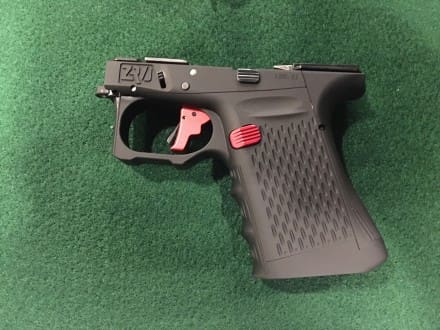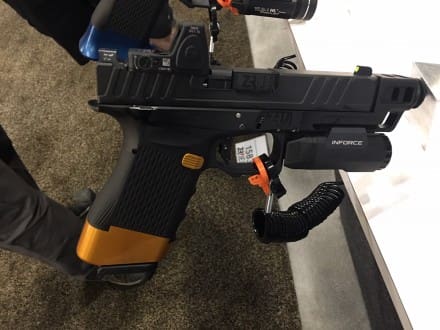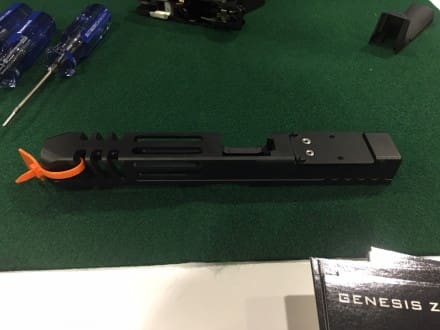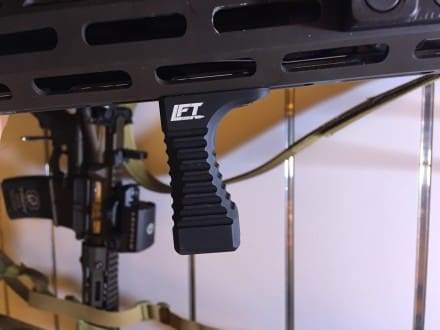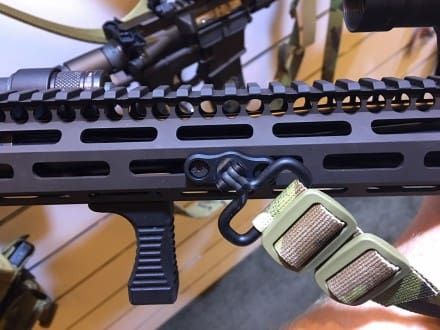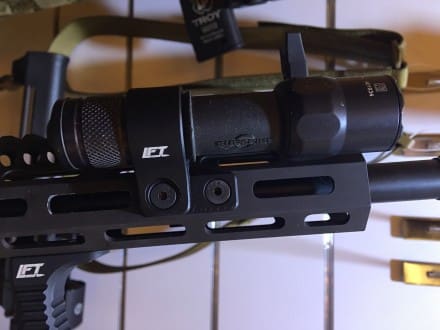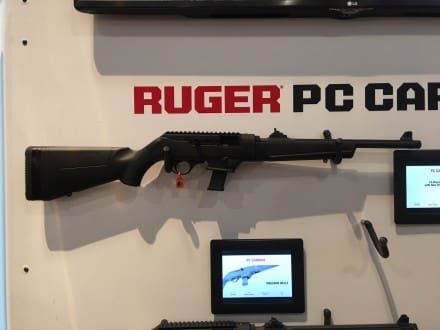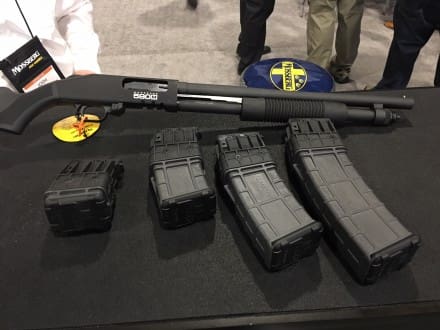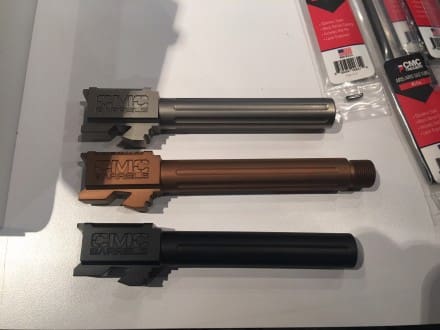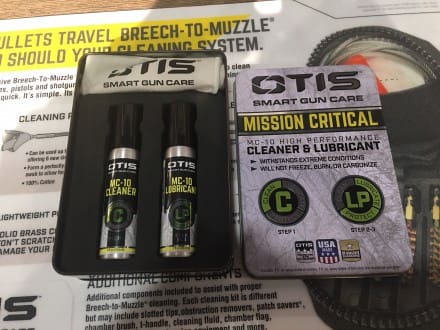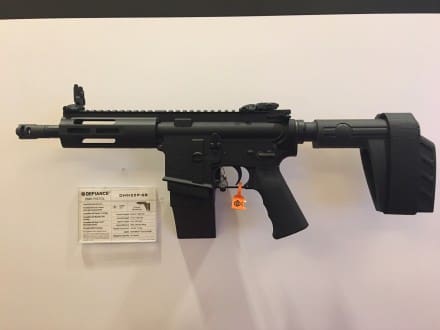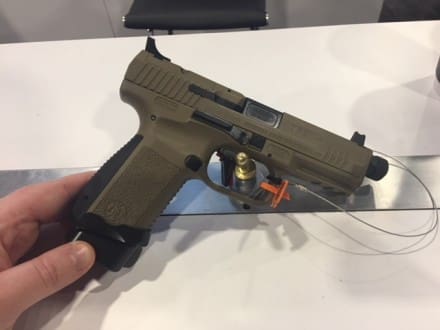The immediate thought when picking up the Genesis Z9 was “This looks and feels like an aluminum Gen 3 Glock.” Given the general look of the Z9, and the fact that there is a fair bit of parts compatibility with a stock Glock, it’s not an unfair assessment to make. However, given the wide degree of modularity the base frame offers, the Z9 is truly a pistol all its own.
Seen above is a near fully-stripped base module, which the rest of the pistol can be built around. Shooters can increase the length of the grip from carry to full, add a flared magwell, replace the back strap, and even replace the front strap to add or remove finger grooves.
Additional modularity allows shooters to swap the dust cover between compact and full, or even a dust cover with an integrated compensator.
ZRODelta is offering their own range of slides in carry, full, and long slide options. The optics cutout models can be paired with different mounting plates for a variety of common micro dots. Other Gen 3 slides, whether factory or aftermaket, are also compatible with the Z9.


